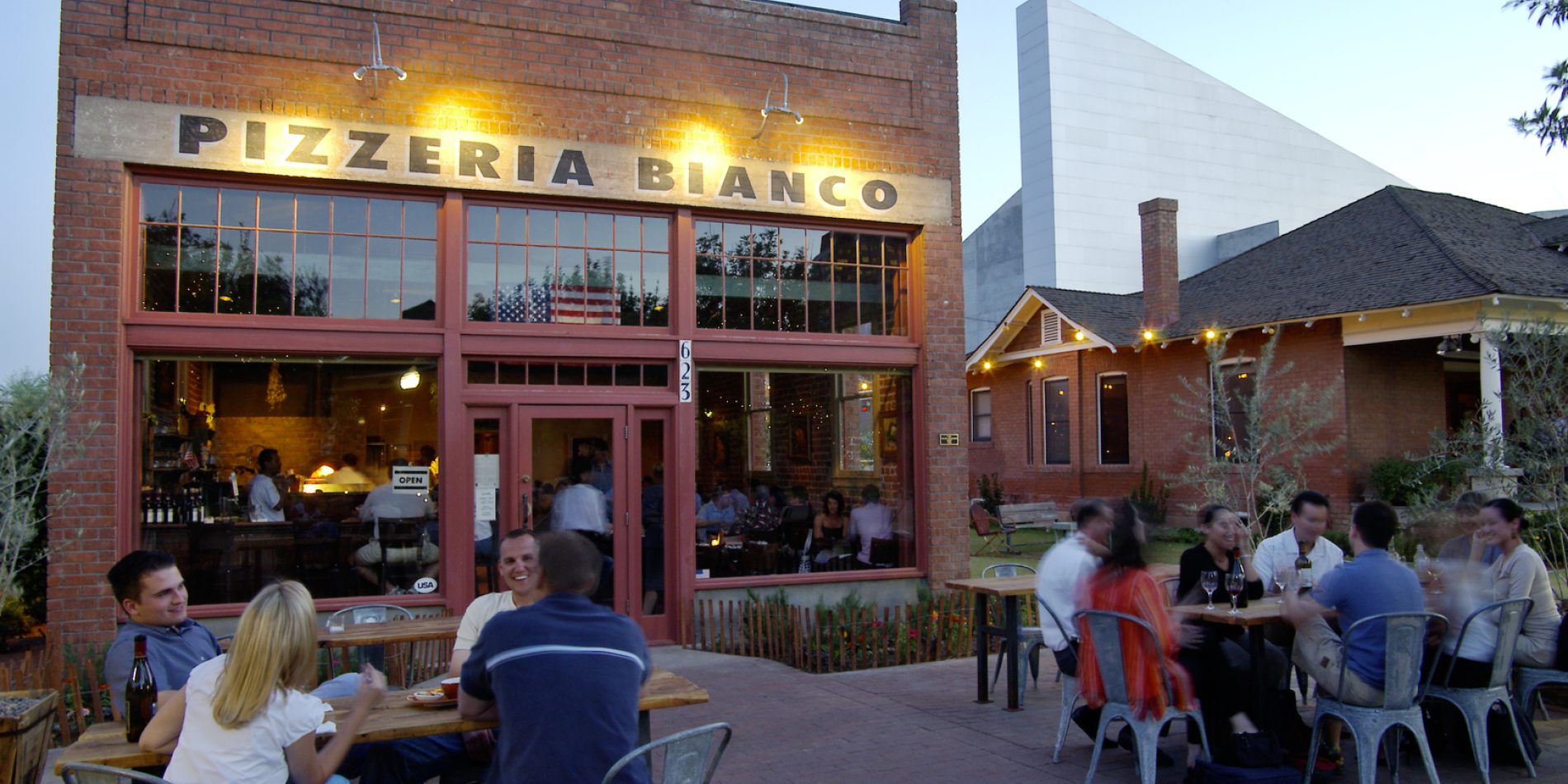Affordable and high-end restaurants Lockhart for every budget.
Affordable and high-end restaurants Lockhart for every budget.
Blog Article
Why Dining at Local Restaurants Sustains Your Community and Thrills Your Taste
Eating at regional restaurants supplies even more than simply a dish; it works as an important part in nurturing neighborhood vigor and economic resilience. By patronizing these establishments, people not only delight in diverse culinary experiences yet also add to neighborhood task production and the support of regional farmers. This cooperative relationship promotes an abundant tapestry of flavors that shows neighborhood culture and heritage. The ramifications of such selections prolong much past the plate, inviting us to think about how our eating habits form the communities we populate. What might this suggest for the future of neighborhood dining and community connection?
Economic Effect of Regional Eating

The financial influence of local dining prolongs far beyond the dining establishment itself, affecting a wide variety of markets within the area. Regional restaurants play a critical duty in boosting financial growth by producing tasks, supporting neighborhood providers, and contributing to municipal incomes. When consumers pick to eat at neighborhood facilities, they assist suffer employment for cooks, web servers, and upkeep personnel, therefore improving the regional task market.
In addition, neighborhood dining establishments often resource components from close-by farms and manufacturers, fostering a durable supply chain that benefits various farming fields. This method not only sustains regional economic climates but additionally motivates sustainable farming practices. In addition, the sales tax generated from these dining establishments adds to vital civil services, such as education and learning and facilities, which even more enhances neighborhood lifestyle.
In addition, neighborhood dining facilities commonly promote a sense of community, drawing in citizens and visitors alike, which can result in enhanced foot traffic in surrounding services. This interconnectivity among regional enterprises improves financial durability, developing a dynamic and lasting community environment. In significance, the support of neighborhood dining is an investment in the more comprehensive economic health and wellness of the location, promoting development and sustainability for future generations.
Unique Culinary Experiences

In addition, numerous neighborhood establishments welcome farm-to-table methods, emphasizing the value of seasonal fruit and vegetables. Diners can appreciate the freshness of active ingredients sourced from nearby ranches, which not only improves taste but likewise cultivates a connection to the regional landscape. This dedication to quality and area sets the stage for distinctive cooking experiences that are commonly missing in chain restaurants.
Moreover, neighborhood cooks often explore combination cuisine, blending diverse culinary practices to develop interesting new meals. Such development not only tantalizes the palate yet additionally motivates adventurous dining, inviting clients to expand their culinary horizons. Involving with neighborhood dining establishments enables diners to enjoy dishes that are not practically nourishment, but concerning the virtuosity and enthusiasm that define the cooking world, making every dining experience absolutely special and wonderful.
Conditioning Community Bonds
Eating at regional dining establishments plays a pivotal duty in reinforcing neighborhood bonds by fostering links among homeowners. These facilities serve as vital celebration locations where people can participate in meaningful discussions, share experiences, and produce lasting memories. As clients regular the very same regional places, they cultivate a feeling of knowledge and camaraderie, enhancing social ties within the area.
Furthermore, neighborhood restaurants often show the unique cultural fabric of their neighborhoods, showcasing local practices and cooking heritage. This event of regional culture not only enhances neighborhood identity however additionally encourages citizens to take pride in their surroundings. By getting involved in the local eating scene, people add to a shared story that binds them with each other.
Community occasions organized at restaurants, such as open mic nights, charity events, or food festivals, even more boost these links. They provide chances for cooperation and engagement among diverse teams, fostering inclusivity and understanding. As locals collect to sustain neighborhood companies, they simultaneously support one another, producing an interconnected network that reinforces the area's resilience.
Essentially, dining at regional dining establishments is not just about food; it is an enriching experience that fortifies area bonds and grows a lively, united neighborhood society.
Sustaining Neighborhood Farmers and Manufacturers

This practice decreases transportation prices and discharges, promoting ecological sustainability while also boosting the taste and quality of the recipes offered. Seasonal visit this web-site menus, which highlight local fruit and vegetables, allow restaurants to offer unique culinary experiences that show the area's agricultural bounty.
Moreover, supporting regional farmers helps preserve typical farming techniques and urges biodiversity. It encourages small producers, enabling them to flourish in an increasingly industrialized food system. As local dining establishments select to companion with these farmers, they help keep a dynamic farming neighborhood, making sure that neighborhood food systems stay resistant.
Essentially, eating at regional dining establishments is not just about appreciating a meal; it is an investment in the regional economic situation and an affirmation of sustainable methods. By picking neighborhood, diners play a vital function in nurturing their communities and sustaining the diligent people weblink that grow their food.
Preserving Regional Society and Heritage
Rooted in the customs of their communities, neighborhood restaurants act as vital custodians of social heritage. By showcasing regional components and standard cooking approaches, these facilities preserve the unique tastes and cooking practices that define regional identification. Each dish narrates, mirroring historical influences and social narratives that have formed the community over generations.
Additionally, local dining establishments frequently champion classic recipes passed down via families, making certain that special cultural methods stay active. This not just enlightens patrons concerning the community's heritage however also fosters a feeling of pride and belonging among locals. The feel, décor, and even songs in these facilities commonly resemble the local culture, supplying an all natural experience that goes beyond mere eating.
Moreover, neighborhood restaurants contribute to the conservation of language and dialects, as menus and conversations frequently integrate neighborhood vernacular. By taking part in area events and events, these dining establishments strengthen social bonds and advertise cultural exchange. Essentially, dining at regional dining establishments is not just a cooking experience; it is a chance to involve with and sustain the abundant tapestry of regional culture and heritage, ensuring its connection for future generations.
Conclusion

Report this page